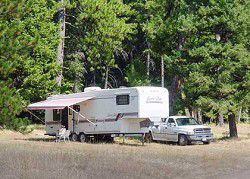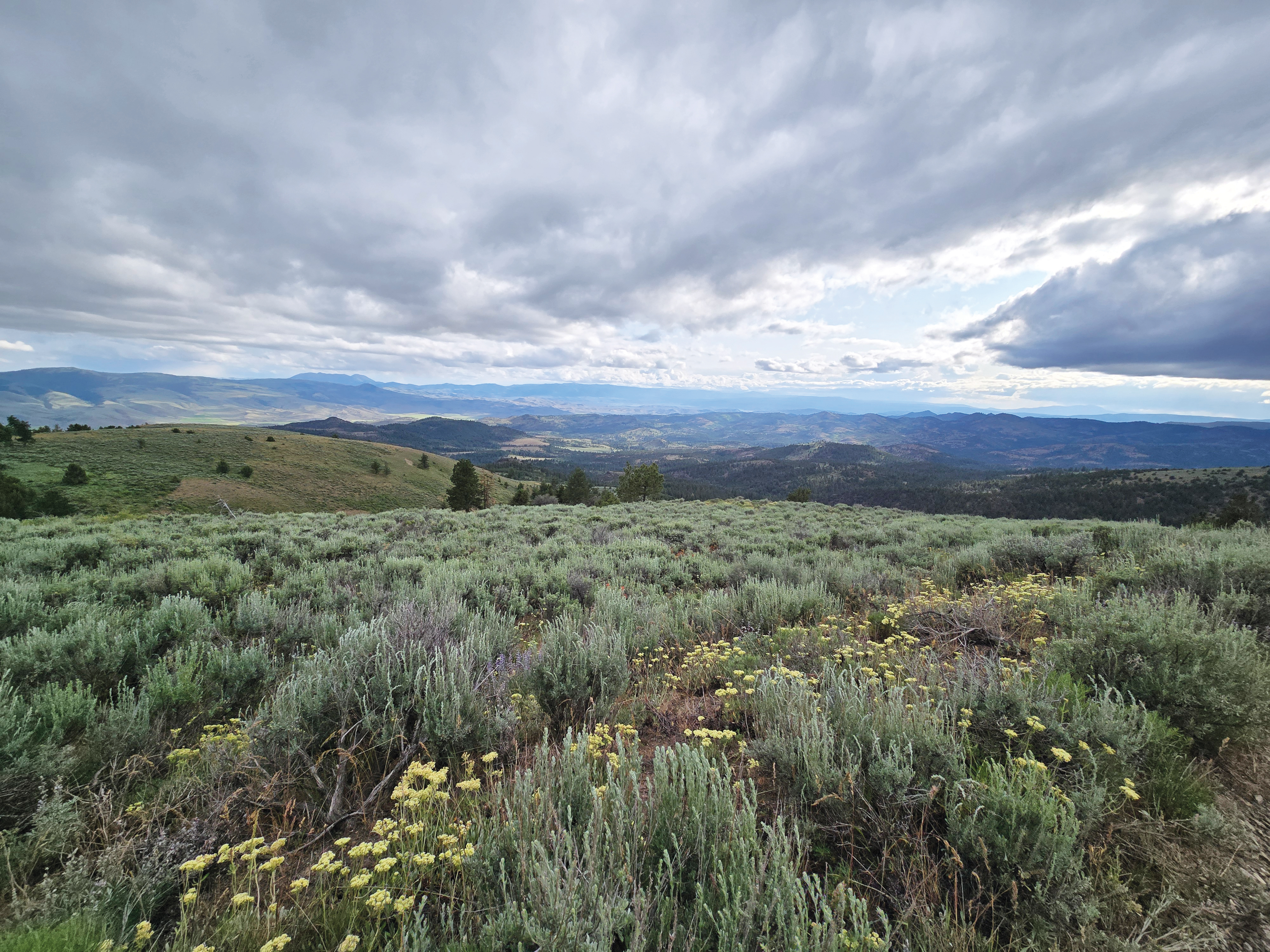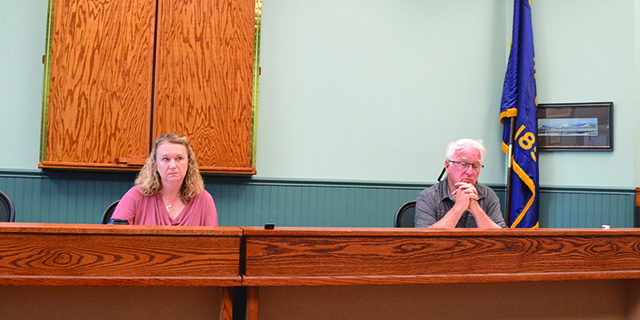3-agency plan may save 12 popular area campgrounds
Published 4:00 pm Wednesday, March 5, 2008

- <I>Submitted photo</I><BR>Daugherty Campground, one of the four campgrounds in the Chesnimnus area that may be saved by the three-agency plan.
Twelve popular campgrounds in the Wallowa-Whitman National Forest may be just weeks from rescue, according to Wallowa County Commissioner Mike Hayward.
The 12 camps in the Chesnimnus and Upper Imnaha area have been “adopted” by a trio of agencies determined to not only save the camps from closure, but dramatically improve them, Hayward said.
The key to the plan is nearly $70,000 in state funds from taxes on recreational vehicles.
“Counties are eligible for recreational vehicle taxes for county campgrounds or long-term leased campgrounds,” Hayward explained. “We’re working on a deal to lease those 12 campgrounds from the Forest Service on a 20-year lease. It’s not a done deal, yet. It will probably be a month before anything is finalized.”
If the deal is indeed finalized, the third agency involved in the partnership will be the for-profit branch of Wallowa Resources, Community Solutions, Inc., which will run the campsites as a business.
Plenty of other campgrounds are run by concessions, according to Rob Gump, recreation staff officer for the Wallowa Mountains office of the Wallowa-Whitman National Forest.
“Union Creek and Anthony Lakes in Baker County are examples,” Gump said. “The problem with private concessions is that the company that takes over management of the campsite needs to make money, so they require large campgrounds; Union Creek is 70 sites. And fees generally go up.”
The Wallowa County concession will be different in several significant ways, say the agencies involved.
First, the “concession” will continue to be a three-way partnership. Second, none of the camps in Wallowa are large, so a number of small ones have been combined to create the equivalent of a 100-site campground. Most importantly, while other concession-managed camps see fees increase – Wallowa County sites will most likely see a reduction in fees.
Here is why:
“They take the statewide pot of (RV tax) money and look at total number of campsites statewide and divide that number into the money,” Hayward explained. “The approximate number we’ve looked at is between $60-$70,000. As I understand it the Forest Service budget for all of the campgrounds in this list, and more, was only $7,000.”
“That kind of money will not only allow for campground services at a higher level than currently, but will most likely result in a fee reduction,” Gump said.
In addition, the Forest Service will continue to contribute financially.
“The forest service will still be spending operational money,” Gump said. “We will still be engaged in day to day operations of the campground. And, we will still be able to get major funds for campground improvements and there will be state money available for major improvements as well.”
State tax fund money will be managed by the county, which will work out an agreement with Community Solutions, Inc. (CS, Inc.) to pick up the hosting and some minor upkeep responsibilities at the campgrounds. Fees that CS, Inc. collects will go into a fund that will be split between the Forest Service and CS, Inc., an arrangement that both agencies welcome.
“We’ve worked with Wallowa Resources a lot,” Gump said. “The Forest Service is really applauding the efforts by Mike Hayward and Nils Christofferson (president of Wallowa Resources). This is exactly what the community needs to keep these campgrounds going. It’s a very positive thing.”
Nils Christofferson, president of Wallowa Resources is pleased that his organization is playing a part in the solution to potential camp closures.
“The access to and benefits from the use of natural resources has been one of our top priorities,” he said. “When we heard that nearly half of the campgrounds might be closed due to financial constraints in the Forest Service then we were very motivated to work with the county and the Forest Service to find a solution,” he said.
All three agencies are excited about the project.
“I don’t think this kind of partnership has been tried in Oregon anywhere else,” Gump said.






